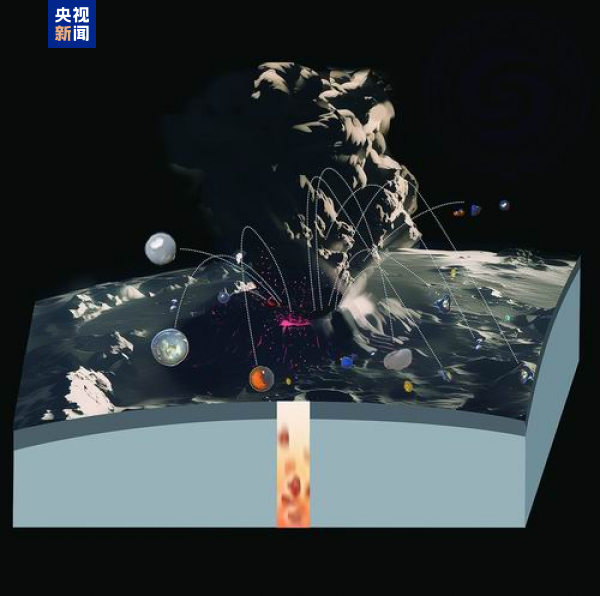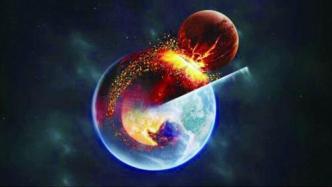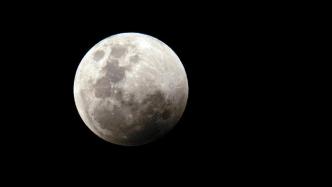
Recently, a research team from the Institute of Geology and Geophysics, Chinese Academy of Sciences, along with collaborators, found three volcanic glass beads in the Chang'e 5 lunar samples, demonstrating that magmatic activity on the Moon can be traced back to 120 million years ago. This research result has once again updated our understanding of the timeline of lunar magmatic activity, with the findings published on September 6 in the international academic journal Science.

Illustration of volcanic glass formation on the Moon
Investigating the timeline of volcanic activity on the Moon is crucial for studying the geological evolution of small celestial bodies. Isotope age dating of lunar samples is an accurate method for exploring the timing of lunar volcanic activity. In 2021, Chinese scientists demonstrated that significant magmatic activity still existed on the Moon 2 billion years ago, extending the previously believed "life span" of the Moon by about 1 billion years.

BSE images and U-Pb dating results of the three Chang'e 5 volcanic glass beads
The research team selected about 3,000 glass beads from approximately 3 grams of Chang'e 5 lunar soil for detailed study. Building on previous research that distinguishes impact glass from volcanic glass, the team innovatively proposed that sulfur isotope characteristics could serve as key evidence for determining the origin of the glass beads. They identified the three volcanic glass beads and conducted chronological studies, discovering that these beads formed around 120 million years ago.
Li Qiuli, a researcher at the Institute of Geology and Geophysics, Chinese Academy of Sciences, explained that although no large-scale late magmatic activity has been observed on the Moon, there may still be small-scale volcanic eruptions caused by localized heating. This finding has significant implications for rethinking the thermal evolution model of the Moon and provides important references for studying the duration of volcanic activity in small celestial bodies.


